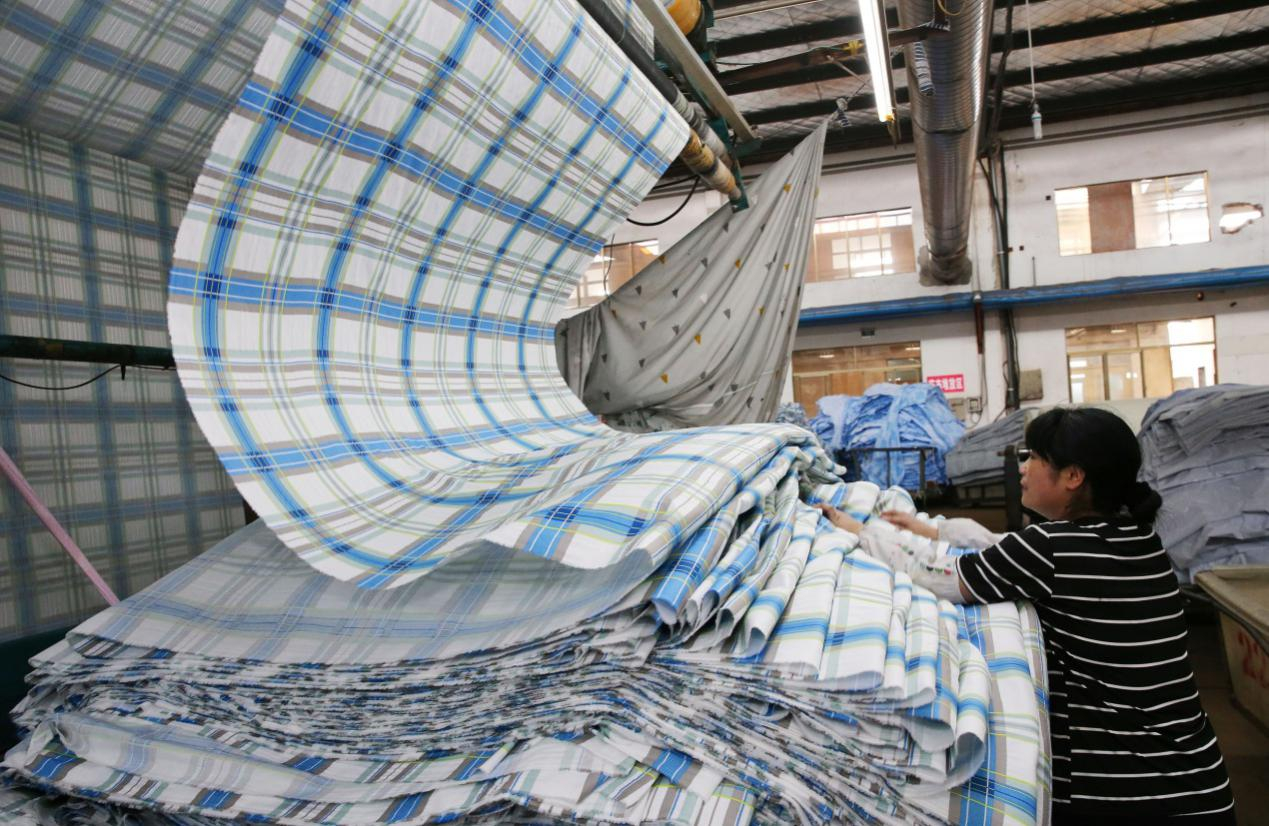
Opinions
14:50, 05-Dec-2018
Expert: Why China still needs to deepen reform and opening up
Updated
14:44, 08-Dec-2018
CGTN's Closer to China with R.L. Kuhn

Forty years ago, an epoch-making event was unfolding, first in Shenzhen, an impoverished fishing village in coastal Guangdong Province, then across the whole country. This year marks the 40th anniversary of the process known as reform and opening up, during which China has made astonishing achievements that have transformed the country into the world's second-largest economy. Reform requires systematic work.
So, what are the highlights in the different periods of reform? Robert Lawrence Kuhn spoke with Bert Hofman, China Country director at the World Bank, who has been tracking these big changes in China since they started.

Deng Xiaoping during an inspection tour to Guangdong Province in 1984. /VCG Photo
Deng Xiaoping during an inspection tour to Guangdong Province in 1984. /VCG Photo
Based on his understanding of reform and opening up, Hofman defined three phases. The first phase, from 1978 to 1992, was a period of “market-seeking.” Then after 1992, he describes the phase as “market building reform.” And now, China is in the phase of “market-enhancing.”
Initially, reform targeted the economy. But the first challenge was how to change people's minds. That is why Hofman regards Deng Xiaoping's famous speech “seeking truth from facts, emancipating the mind and uniting as one” at the central economic work conference in 1978 as axial and unforgettable.
The speech brought a different mindset to China and shifted thinking from a much more political view of the world to a much more developmental view, which is an important distinction for reforms.
After 40 years of exploration, China has lifted hundreds of millions of people out of poverty, and the country's per capita disposable income has increased a hundredfold.

This dyeing company in Nantong, Jiangsu Province, invested heavily in closing down outdated production facilities, saving energy and increasing productivity, July 26, 2018. /VCG Photo
This dyeing company in Nantong, Jiangsu Province, invested heavily in closing down outdated production facilities, saving energy and increasing productivity, July 26, 2018. /VCG Photo
Contemporary China has opened its door and fully involved itself in economic globalization while embracing the tide of reform and innovation.
Though great achievements have been made after four decades of reform and opening up, China now in its new era still needs to comprehensively deepen the process.
To explain this move, Zheng Bijian, former vice principal of the Party School of the Communist Party of China (CPC) Central Committee and the author of the “peaceful rise” doctrine, shared his opinion.
According to him, deepening reform and opening up is a requisite for continued domestic growth. He believes that domestic growth must meet public aspirations for a good life. On the way to improving productivity, no stagnation can be tolerated. If productivity grinds to a halt, China might fall into a dilemma called “the Latin American Trap", the fundamental cause of which is the failure of industry restructuring and productivity to keep pace.
Yet domestic growth is a national factor. Zheng suggested that the second reason relates to the ever-changing international environment. The most important feature of the global situation in the 21st century is a major change in productive forces, which could destabilize international relations and systems, as he explained.
(If you want to contribute and have specific expertise, please contact us at opinions@cgtn.com.)

SITEMAP
Copyright © 2018 CGTN. Beijing ICP prepared NO.16065310-3
Copyright © 2018 CGTN. Beijing ICP prepared NO.16065310-3